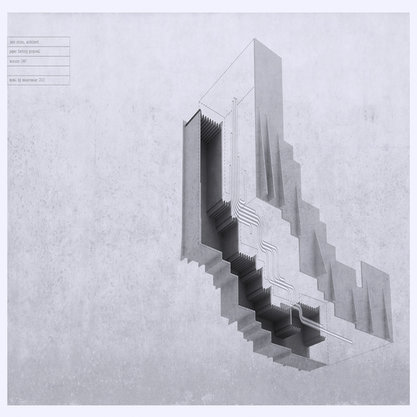Article
Kayyali, Louay (1934–1978) By Lenssen, Anneka
Article
Louay Kayyali was one of the leading painters of the emergent Syrian art scene during the 1960s and 1970s. His most admired works depict individual laborers as “types,” illustrating the tragic humanism of everyday life. Kayyali began his career in Aleppo, exhibiting academic portraits and still life paintings locally. In 1956, he won a fellowship to study at the Academy of Fine Arts in Rome, where he became interested in fresco and other traditional techniques. After completing his studies in 1961, Kayyali settled in Damascus and joined the faculty at the new College of Fine Arts. For a period of five years, he exhibited his portrait types, flowers, and architectural landscapes—rendered in simple lines and color stains on pressed chipboard—regularly, to acclaim from collectors. From 1965 onward, Kayyali began to struggle with mental illness. In this later period, he turned to more overtly politicized themes, including a series of dramatic charcoal drawings of citizens under siege, which was sponsored by the Syrian government as a touring exhibition in support of the Arab liberation cause. He also continued to produce paintings of fishermen, street sellers, and mothers as representations of the social themes then preoccupying him.


